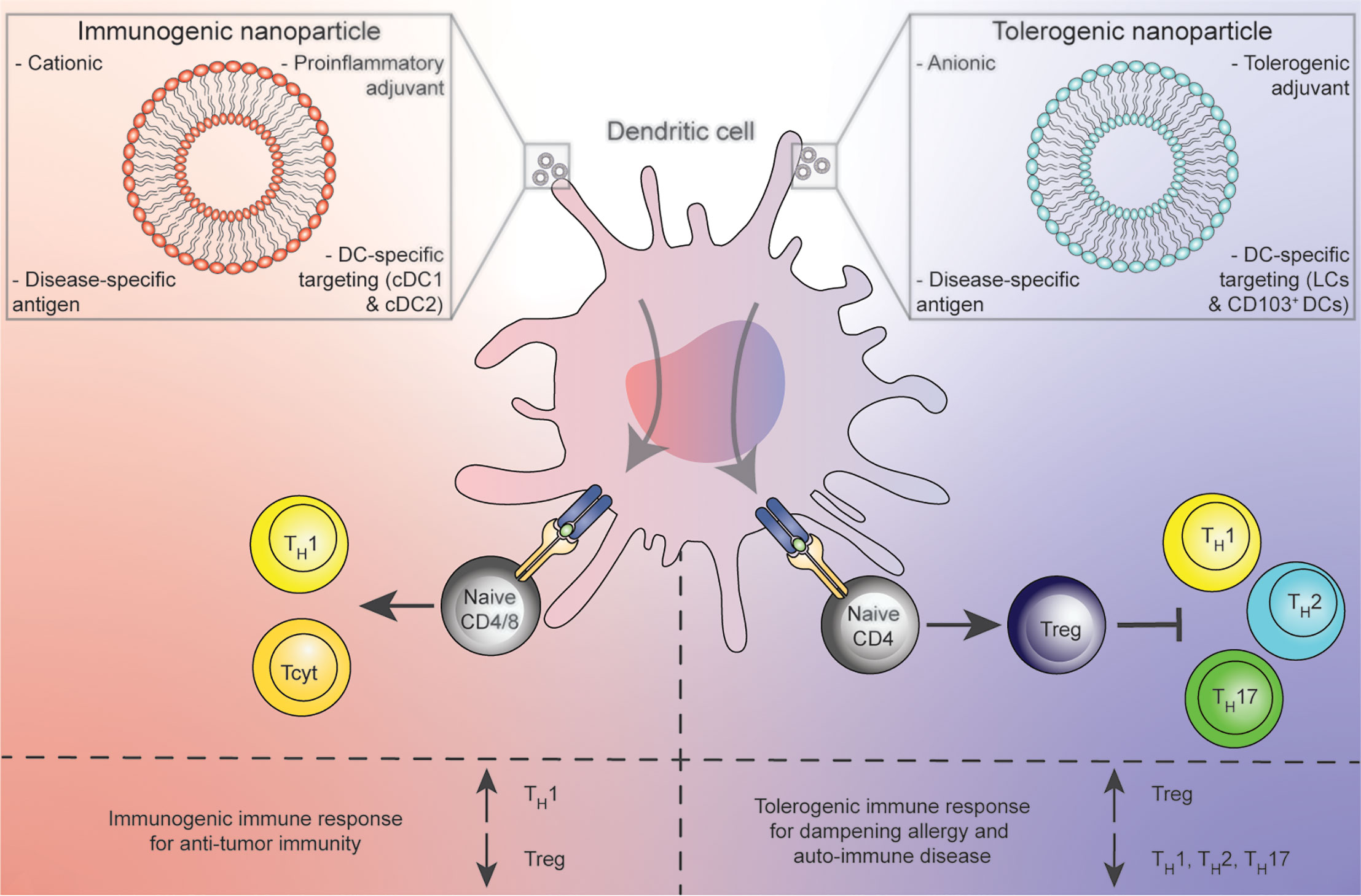Starting with only one cell, the fertilised egg, the human body produces approximately 200 specialised cells. Cells rely heavily on signalling pathways to achieve this level of complexity and maintain proper cellular organisation. These interconnected signal-transduction pathways evolved around intricate receiver modules, known as receptors, which can receive and interpret external stimuli before translating them to an output.
Interaction with multiple variables
Receptors are found both intracellularly and on the cell’s surface, and they are activated by the binding of their cognate ligand: the sender. However, the simplicity of the basic modules that regulate cellular signalling (i.e. receptors and ligands) does not directly translate to the extremely complex cellular signalling pathways with which they are associated.
Cells rely heavily on the spatiotemporal dynamics of ligands and activated effectors to control complex signalling pathways. More specifically, cellular communication requires the simultaneous binding of multiple receptors to their endogenous ligands, resulting in the formation of a multivalent interaction, rather than the binding of a single ligand to a single receptor.

Actively regulating the number of ligands involved in cellular signalling improves ligand recognition sensitivity and results in selective recognition of different cell types with increased functional affinity.
Receptors with therapeutic potential
Cremers used the DNA origami method to investigate the role of multivalency in selective recognition of cells based on a receptor-density threshold in his thesis. To achieve a multivalent interaction, he used a 150 nm DNA nanorod that was site-specifically functionalized with a specific number of antibodies.
Cremers also investigated the factors that influence the cellular accessibility of these DNA nanostructures, as well as the tunable design parameters of antibody-functionalized DNA nanostructures binding to therapeutically relevant receptors.
On April 11th, Glenn Cremers defended his Ph.D. thesis, “Targeting cellular surface receptors using DNA nanostructures.”







































